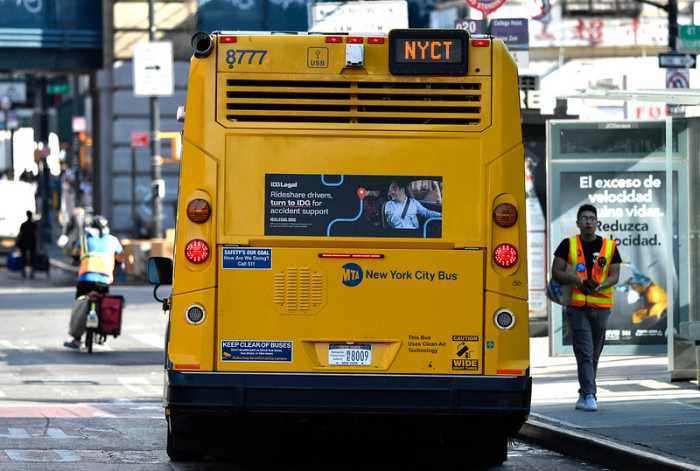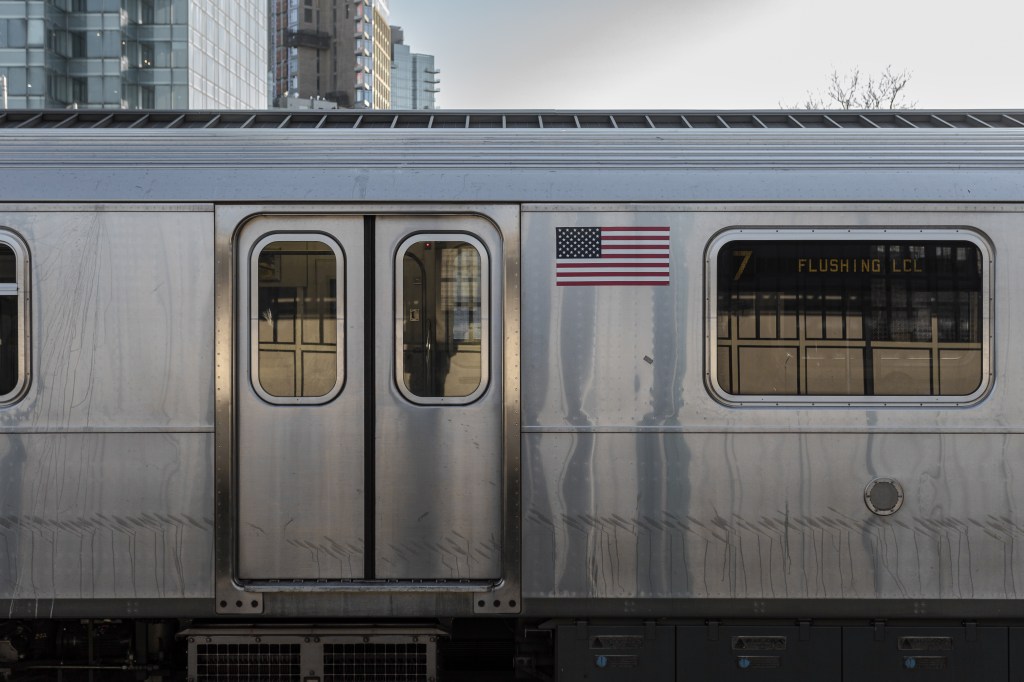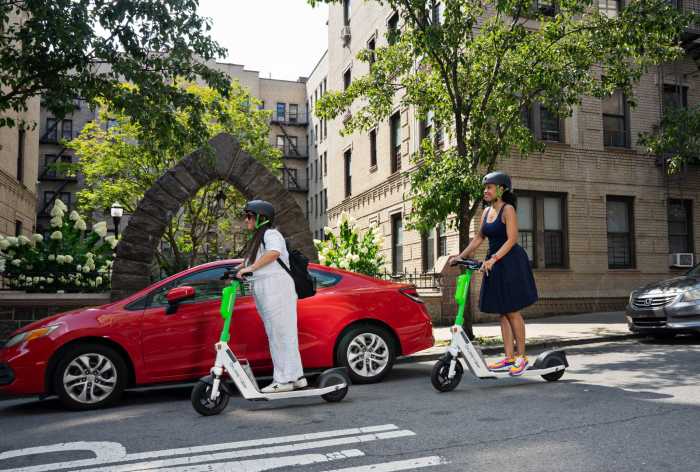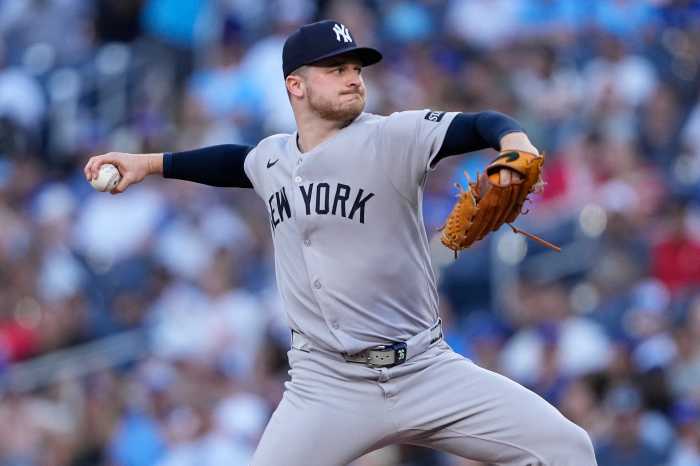By Philip Newman
If the MTA keeps raising transit fares every two years, a monthly unlimited MetroCard could cost $168 in 10 years, the Straphangers Campaign said, criticizing the transit agency for what it called “constant fare hikes that overburden riders.”
But MTA spokesman Aaron Donovan said “this report is a hypothetical math exercise. What’s real is the $800 million in recurring annual cost cuts we’ve made since 2010. And as the report acknowledges on the first page, when you take inflation into account, their hypothetical increase is only 15 percent in the next 10 years and a subway ride still costs 18 percent less than in 1996.”
The Straphangers said the 30-day MetroCard would jump from $112 to $168 in a decade, the seven-day card from $30 to $45 and the base fare from $2.50 to $3.75 per ride.
The Straphangers said the Independent Budget Office conducted the study at the request of the transit advocacy group.
The Straphangers’ analysis assumes continuation of subway and bus fare increases of 8.4 percent every two years, which the MTA began in 2011 and repeated in 2013. The MTA has referred to the increases as “moderate.”
The current MTA four-year financial plan includes another 8.4 percent increase in 2015 and again in 2017, Straphangers said.
“These fares are too damned high,” said Gene Russianoff, attorney for the Straphangers Campaign. “These fare hikes will burn the riders and discourage them from using mass transit.”
Donovan said some costs are beyond the MTA’s control, including pension, health and fuel costs.
The MTA spokesman said the agency had cut $800 million annually from its operating costs since 2009 and expected to cut $1.3 billion annually within the next four years.
Much of the problem is the result of the fact that New York City places a heavier financial burden on its riders than most other transit systems nationwide.
The IBO said the farebox recovery ratio — passenger fare revenue divided by operating expenses — was 58 percent for New York City subway and buses, compared with ratios of 44 percent in Chicago, 38 percent in Boston and 36 percent in Philadelphia.
Russianoff said he was looking to Gov. Andrew Cuomo and state legislative leaders to find new funding sources to avoid or soften the looming steep increases.
Reach contributing writer Philip Newman by e-mail at timesledgernews@cnglocal.com or phone at 718-260-4536.


































